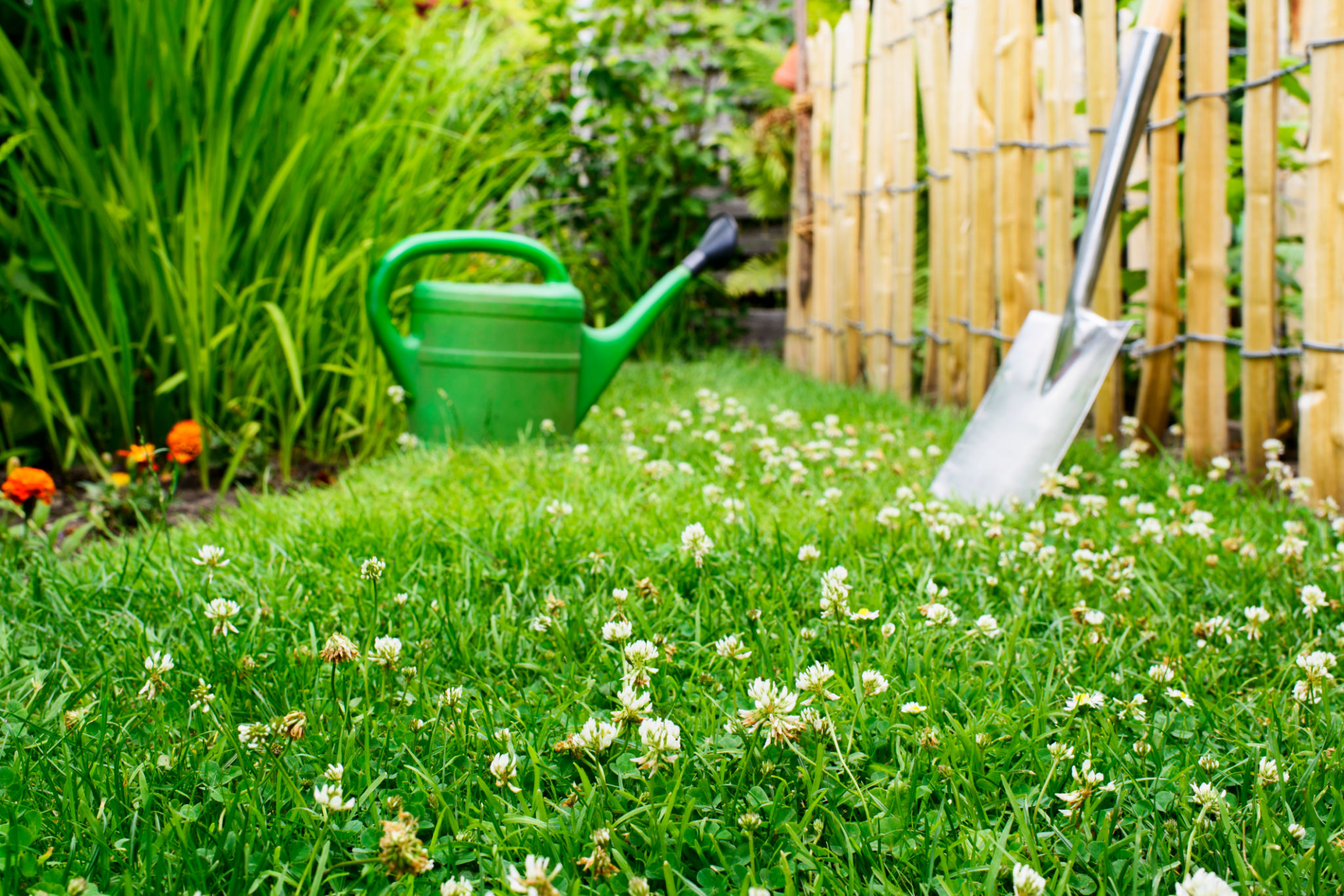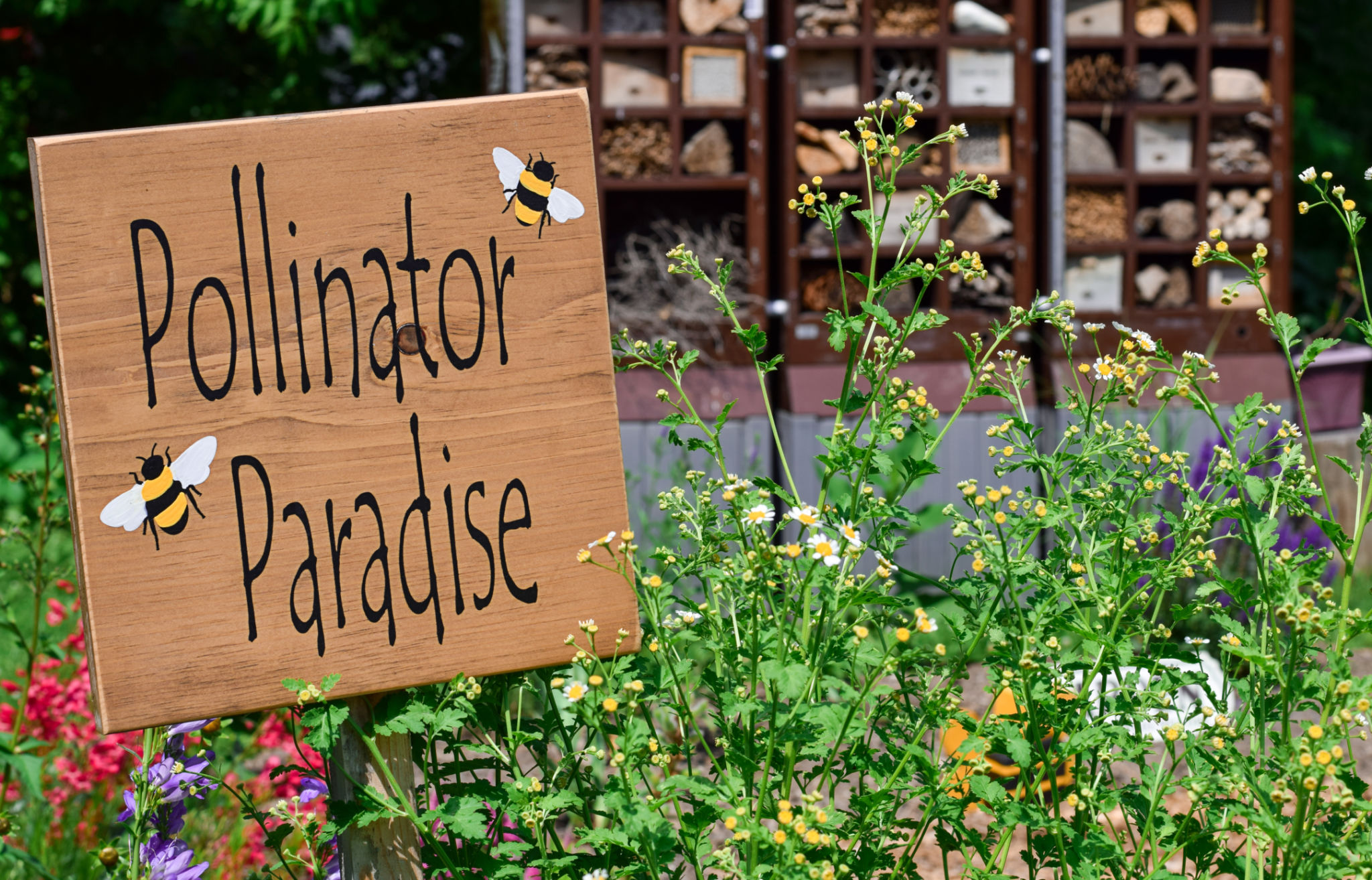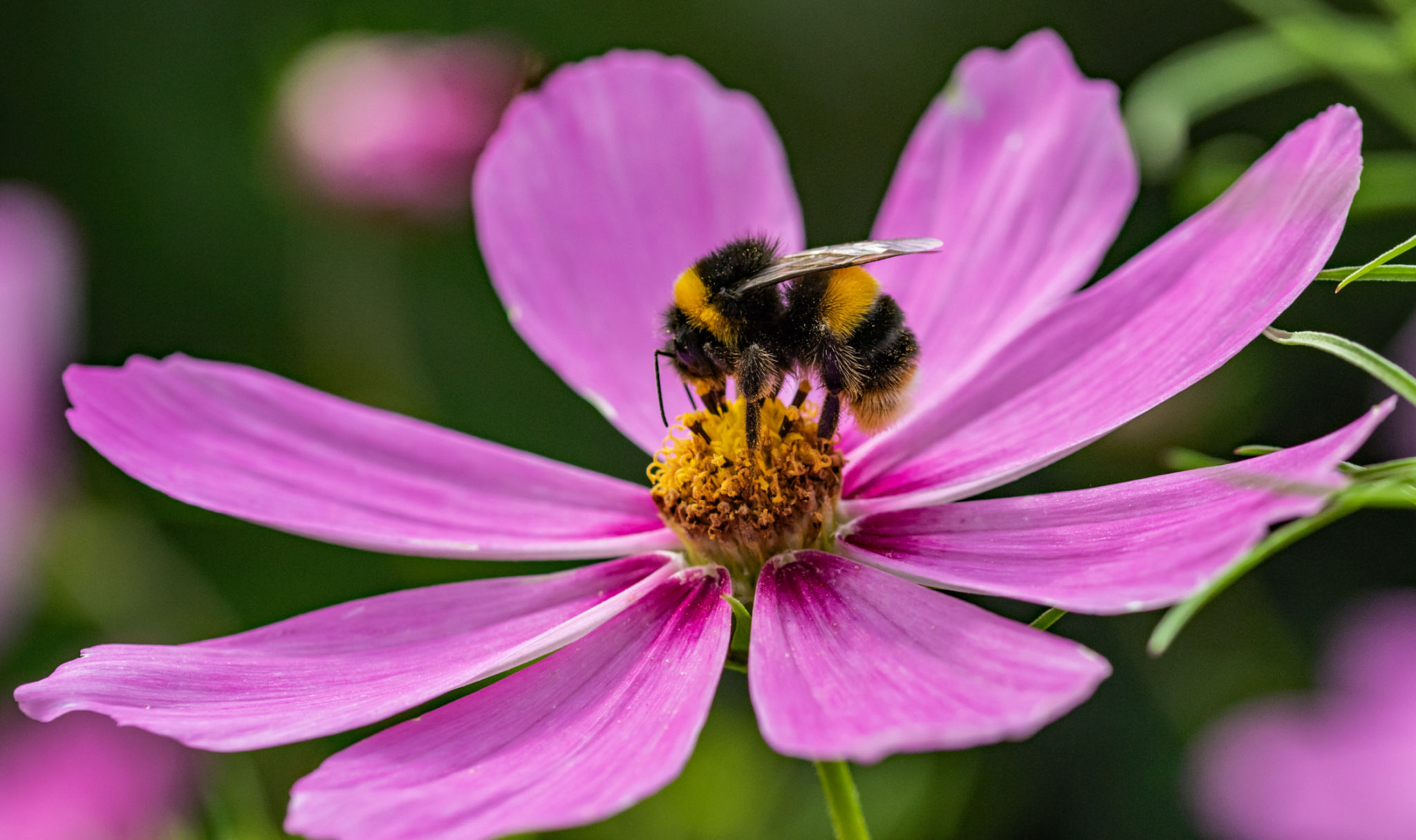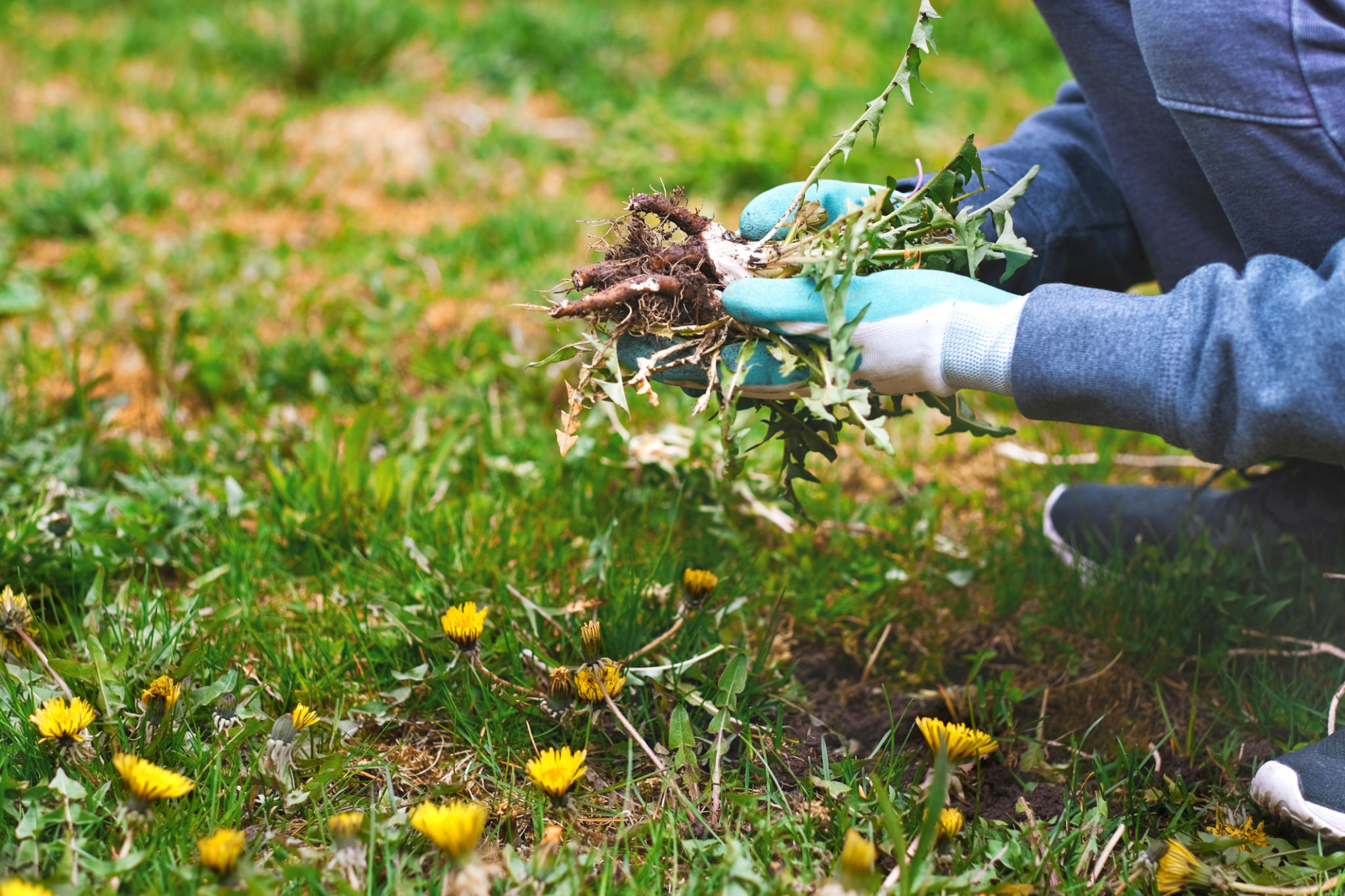How Clover Lawns Support Local Biodiversity and Pollinators
Introduction to Clover Lawns
In recent years, the traditional grass lawn has faced growing scrutiny due to its environmental impact. As a result, many homeowners and landscapers are turning to more sustainable alternatives, such as clover lawns. Clover lawns not only enhance your garden's aesthetic appeal but also play a significant role in supporting local biodiversity and pollinators.

The Environmental Benefits of Clover Lawns
Clover, particularly white clover, is a resilient plant that can thrive in various soil conditions. Unlike traditional grass, clover requires less water and is naturally resistant to pests, reducing the need for chemical pesticides. This makes clover lawns a more eco-friendly choice that helps conserve water and reduce chemical usage.
One of the most remarkable features of clover is its ability to fix nitrogen from the air into the soil. This process naturally enriches the soil, reducing the need for synthetic fertilizers. As a result, clover lawns promote healthier soil, which in turn supports a wider range of plant and microbial life.

Clover Lawns as a Habitat for Pollinators
Pollinators, such as bees and butterflies, are crucial for maintaining biodiversity and supporting food production. Clover flowers are rich in nectar and attract a variety of pollinators, making clover lawns an excellent choice for fostering these essential species. By providing a continuous food source, clover lawns help sustain pollinator populations throughout the growing season.
Moreover, clover blooms from early spring to late fall, offering an extended period of support for pollinators compared to many other flowering plants. This continuous availability of nectar is vital for the survival and health of local bee populations and other pollinators.

Supporting Local Wildlife
Clover lawns do more than just support pollinators; they also provide habitat and forage for various wildlife species. Small mammals and birds can benefit from the seeds and insects found in clover-rich environments. Additionally, the low-growing nature of clover offers protection and shelter for ground-dwelling creatures.
By choosing a clover lawn, homeowners contribute to creating a more diverse and balanced ecosystem in their yards. This increased biodiversity can lead to healthier gardens and landscapes that are more resilient to pests and diseases.
Practical Tips for Establishing a Clover Lawn
If you're considering transitioning to a clover lawn, there are a few practical steps you can take to ensure success:
- Select the right type of clover for your climate and soil conditions.
- Mix clover with grass seeds for a blended lawn that retains some traditional lawn characteristics.
- Avoid using herbicides that may harm clover growth.
- Mow at a higher setting to allow clover flowers to bloom and attract pollinators.

Conclusion: A Step Toward Sustainable Landscaping
Adopting a clover lawn is not only an environmentally friendly choice but also a step toward fostering biodiversity in your local area. By providing essential resources for pollinators and other wildlife, clover lawns contribute to a healthier ecosystem. As more people become aware of these benefits, clover lawns may soon become a common sight in sustainable landscaping practices.